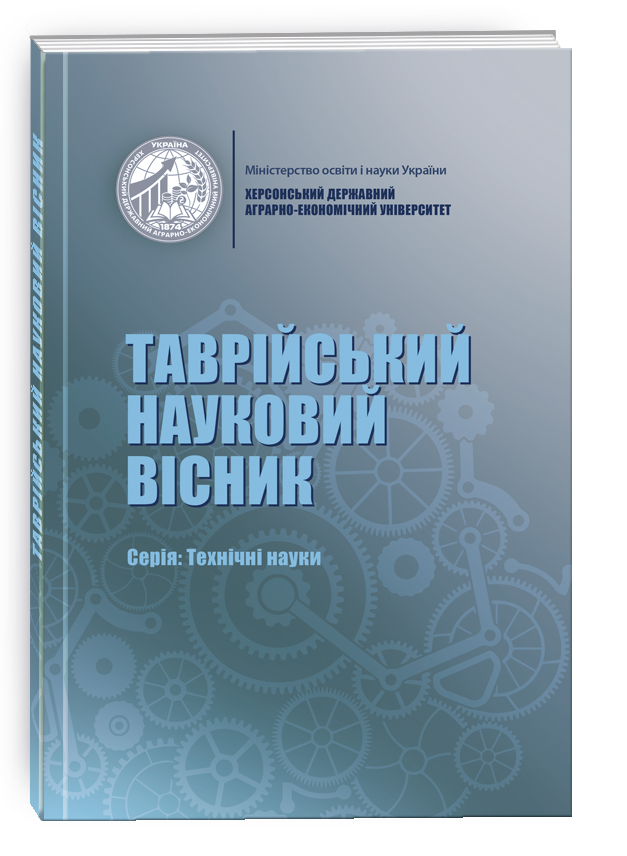THE INFLUENCE OF THE COOLING TEMPERATURE MODE ON THE STORAGE DURATION OF MEAT
DOI:
https://doi.org/10.32782/tnv-tech.2023.5.12Keywords:
meat, cooling, freezing, storage.Abstract
The effect of cooling temperature on the quality characteristics of meat of different types of agricultural raw materials was determined. Not only the qualitative characteristics of meat raw materials, but also the economic indicators of the production process depend on the method and conditions of storage. In practice, two types are most often used: cooling or freezing by a single-phase method (when the meat is frozen in a steam state immediately after primary processing), or by a two-phase method (when the meat is frozen after preliminary cooling). Organoleptic indicators that clearly characterize the quality of cold processing of meat raw materials according to various technological parameters have been determined. It has been established that beef, pork, chicken, nutria meat, rabbit and lard retain signs of freshness for no more than 4 days (at a temperature of 0...+4 °C and a relative humidity of 70...75). Under such conditions, by-products better retain their organoleptic properties for up to 2 days. Organoleptic evaluation of raw meat allows classifying it according to the criteria of freshness. Starting from the 4th day of storage of the samples, deterioration of the appearance, density and smell is noted. Muscle fibers become less elastic and dense when cut, after pressing the surface is leveled more slowly (up to 1.5 min.). The color changes: from pink to dark red (in beef and pork), from dark red to brown (in offal), the appearance of a cheesy shade is noticed in fatty raw materials, from pale pink to pale gray (chicken meat, nutria, rabbit). ). When the broth is boiled, a cloudy consistency, a sharp smell, foam and flakes appear on the surface. The results of the research show that meat products frozen at a temperature of -15...-16 °C, relative air humidity of 80...85%, after 6 months of storage corresponded to fresh meat products according to the main indicators. During freezing, supercoiling of the liquid first occurs in the layer of muscle fibers, where ice crystals are formed. Further, these crystals grow, and when the meat is defrosted, they break the overall integrity of the cellular structure, so the consistency becomes less elastic.
References
Кухтин М.Д., Салата В.З. Мікробіологічні та біохімічні процеси у м’ясі яловичини за холодильного зберігання. Тернопіль: Тернопільський національний технічний університет імені Івана Пулюя, 2023. 305 с.
Новікова Н.В., Бурак В.Г. Дослідження впливу параметрів технології виробництва м’ясних охолоджених напівфабрикатів на безпечність продукції відповідно принципів НАССР. Вісник ХНТУ. Технологія легкої і харчової промисловості, 2019. № 2(69), 70–81.
Якубчак О. М., Тютюн А. І., Муковоз В. М., Карпуленко М. С. Мікробіологічні показники яловичини залежно від режимів і термінів заморожування. Проблеми зооінженерії та ветеринарної медицини, 2016. 33 (2). 179–183.
Alexandre E., Brandao T. R. S., Silva C. L. M. Frozen food and technology. John Wiley and Sons, Ltd and Scrivener Publishing. USA, 2016. Р. 150.
Салата В.З., Кухтин М.Д. Мікрофлора охолодженої і примороженої яловичини за холодильного зберігання. Проблеми зооінженерії та ветеринарної медицини: Збірник наукових праць Харківської державної зооветеринарної академії.
«Ветеринарні науки», 2017. 34 (2), 332–336.







